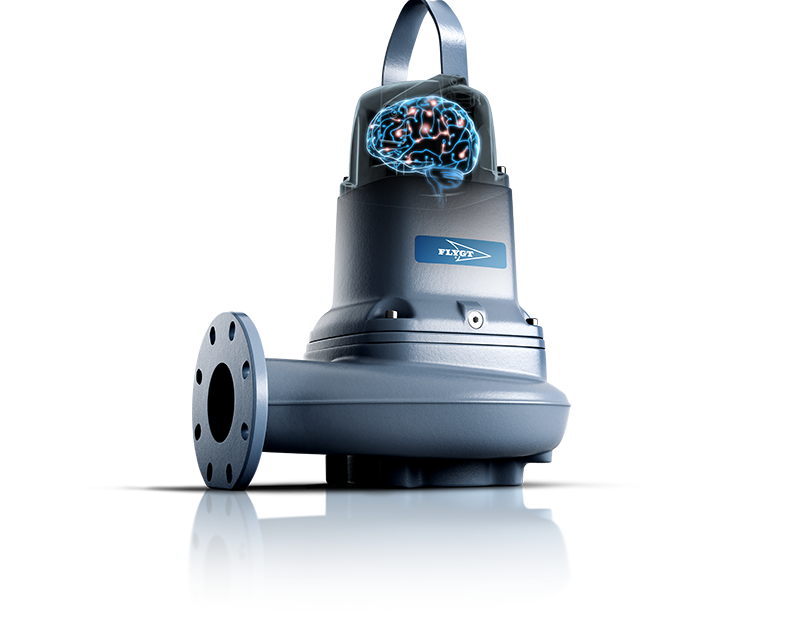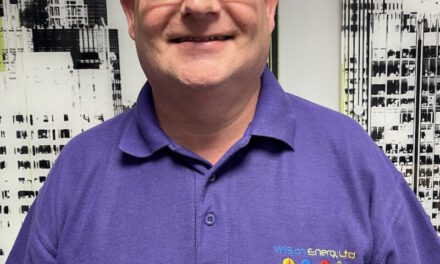There’s no watering down the truth: the pressure is on to limit water use and lower greenhouse gas emissions by cutting energy usage in the face of a climate crisis. Demand for clean water is outstripping supply with parts of the UK, particularly in the south-east and south-west, now classified as water stressed.
Industry accounts for about 40% of Europe’s total water abstractions, giving it a starring role to play in building a more sustainable future. And many sectors are already rising to the challenge with the food and beverage industry among those leading the way, aware of the value of this precious resource for processing needs and as an ingredient to secure its long-term future.
Other thirsty sectors like mining, power generation and data centres that depend on a reliable water supply are facing rising total water costs, not only from direct prices but also from treatment costs. Energy-intensive processes like wastewater treatment mean that the total cost of water used in the F&B industry, for example, is roughly 10 times its cost at intake after being cleaned and treated.
As industrial pollution and agricultural runoff add to the strain on our global water systems, concerns for water quality are also growing – with restrictions on discharge into watercourses likely to become more stringent in years to come.
Pursuing water sustainability offers new opportunities to address these challenges, ease the pressure on our eco-systems and to set relevant and achievable goals on our journey to net zero carbon.
Understanding water sustainability
This article explores how industry leaders can take a more sustainable approach to how water is used in industrial processes, by reducing emissions and decreasing water consumption.
More and more sectors have pledged to work towards net zero carbon targets, like Energy UK’s commitment to investing in and delivering a net zero power system in the 2030s. This target, which includes reference to carbon capture and storage technologies, is a valuable step to reduce greenhouse gas emissions and mitigate the impact of the climate emergency.
And many more are committed to reducing water use and optimising the way water is used in every process, to reuse where possible and limit the impact of industrial plants in water-scarce areas.
As a vital first step, an audit of both energy and water use can help to calculate carbon emissions and set attainable sustainability objectives. Establishing baseline energy use, for example, can highlight the impact energy-intensive processes like pumping and aeration have on facilities and help to prioritise improvements.
Smart solutions can provide all-important stepping stones towards the target of reducing water usage and cutting back on energy use to provide savings for the future.
Cutting emissions to reach net zero
We all have a responsibility to turn net zero into reality. And there is also a financial incentive to do so: with prices on the UK’s wholesale electricity market reaching a record high, energy efficiency can have a positive impact on the bottom line.
The most energy-intensive industrial water processes are heating and cooling applications which are fundamental to every industry where water is used, and treatment of water. These two areas contribute significantly to the energy used, the related emissions and, in turn, the true cost of water – but it is here that the latest developments in digital technology can help to drastically reduce energy consumption.
For many sectors, water cooling processes can be one of the largest consumers of energy – offering ample opportunity for energy and cost savings. Pump systems are often oversized for the application and therefore use much more energy than needed: intelligent controllers which match performance to demand can offer significant energy savings and eliminate downtime. A motor running at 80% of its maximum speed, for example, uses 48% less energy and slashes carbon emissions.
Where booster sets were introduced to improve the efficiency of cooling water processes for yoghurt production at dairy plants in France and Italy, this led to a 70% reduction in energy costs.
Further energy savings can be made to enhance the sustainability of wastewater treatment and management by harnessing the power of decision intelligence to deliver maximum energy savings.
The latest pumps with fully integrated intelligence can halve electricity-related emissions in wastewater management and contribute to an 80% inventory reduction. Adaptive mixers can further save up to 47% of energy by applying variable thrust to automatically matching output to demand. And aeration systems offer further potential savings: traditionally representing some 30 to 70% of the energy costs in wastewater, turbo blowers can lower this by at least a third along with efficient bubble aeration systems.
Further technological advances have seen the introduction of plug-and-play wastewater optimisation systems that can be applied to existing assets to address different needs such as meeting nutrient limits or phosphorus compliance, along with energy reduction. By utilising real-time sensor-based algorithms to optimise treatment processes, they can routinely achieve energy reductions of between 25% and 30%.
Minimising water use to conserve critical resources
Water scarcity, and the resilience of water systems, poses a significant threat to the future of human health, our economy and the environment. Many sectors may face future constraints on water usage and disruptions in supply due to water shortages
The reuse of water with chemical-free solutions can help address the challenges we collectively face in protecting critical water resources while digital solutions can optimise water systems, meaning less is needed to operate effectively.
Reducing the amount of fresh water consumed through efficient water reuse is a vital step, while chemical-free solutions like UV and ozone systems can decrease consumption and increase sustainability.
Advanced oxidation process (AOP) systems can help to solve the complex problem of management of industrial wastewater as well as supplying clean water, by allowing industries to effectively reuse water from the production process. AOP – which combines UV plus ozone treatment in some formats – is a technique for treating and removing hard-to-shift pollutants to produce water that is free from toxins, particularly pollutants that have low biodegradability or high chemical stability.

Watermark projects
Connecting the drops for industry
Water scarcity and the total cost of water, when energy use and the attendant emissions are taken into account, can pose a real risk to business. And, as sustainability becomes an increasing priority for customers keen to make more ethical decisions about consumption, the way companies manage water can influence the bottom line.
The business case for strategically addressing water challenges is growing stronger – with the cost of mitigating water risks generally much lower than their potential financial impact.
Assessing where improvements can be prioritised to save energy, reduce wasted water, eradicate leakage and improve reliability is a vital first step. Adopting the technologies needed to make changes now can create value for organisations in years to come, guaranteeing sustainability of industry as well as our environment.
Putting sustainability first also means achieving a swift return on investment and long-term operational savings, making it even easier to connect the drops.
For more information, visit https://www.xylem.com/en-uk
Author: Guy Fitzpatrick MIET, Sales Director – Industry, Infrastructure & Rental, Xylem Water Solutions





